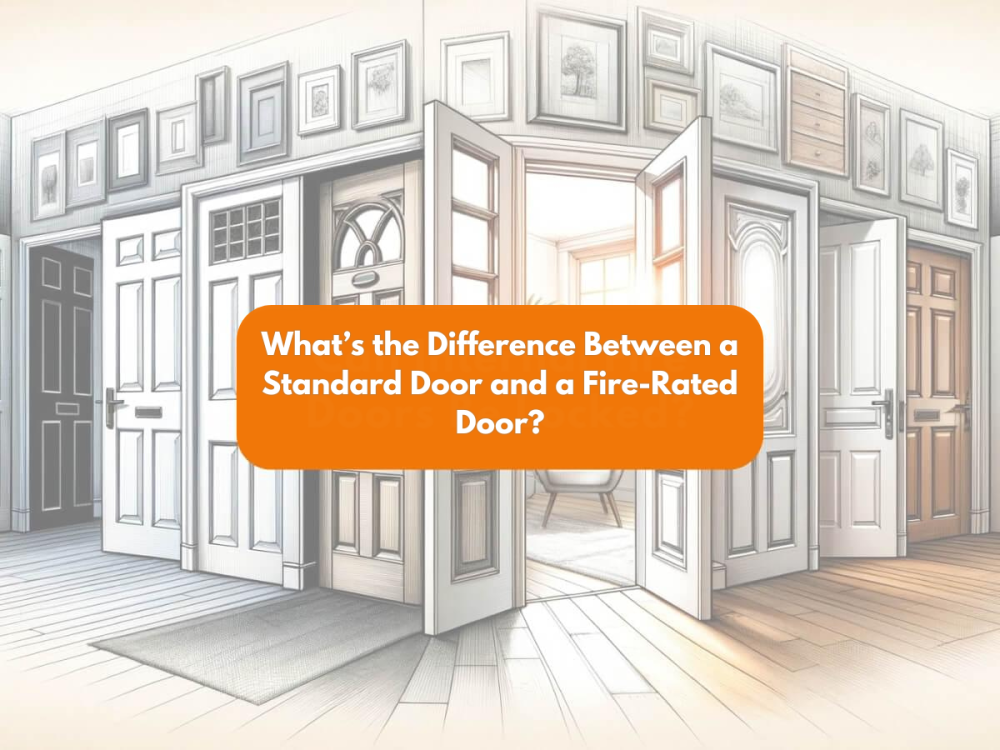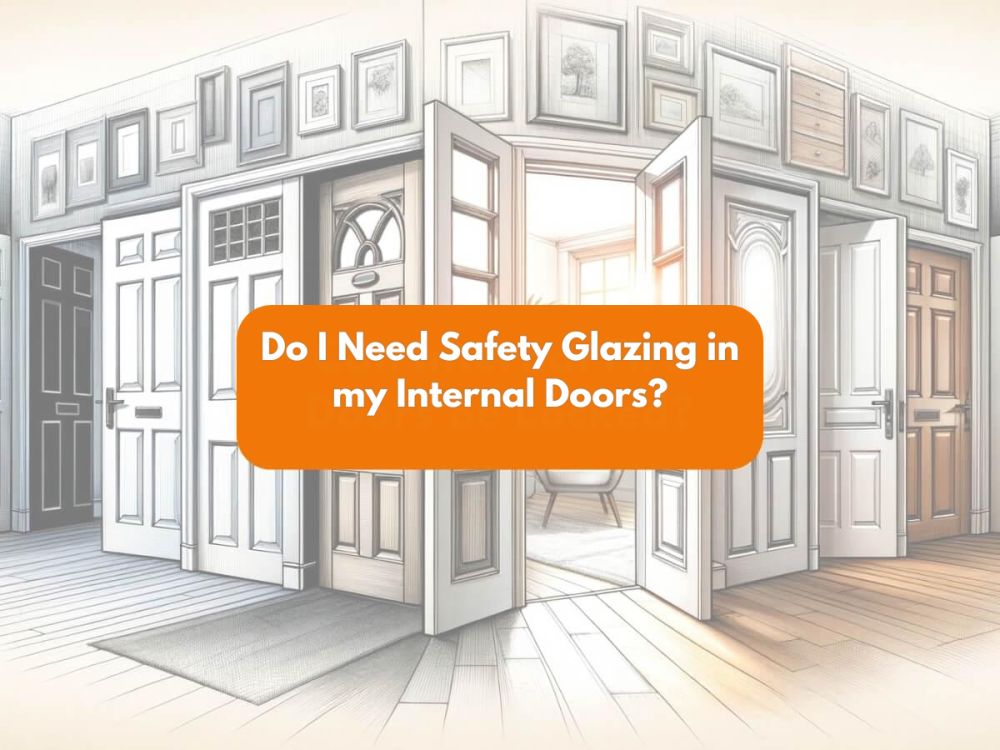Why Do Internal Doors Open Inward?
Key Takeaways
| Aspect | Detail |
|---|---|
| Safety | Inward-opening doors provide a safe exit in emergencies |
| Space efficiency | Inward swing conserves space in hallways and rooms |
| Aesthetics | Inward-opening doors maintain a clean exterior appearance |
| Weather protection | Inward swing prevents wind and rain from entering the home |
Introduction
Internal doors play a crucial role in the functionality and aesthetics of our homes. One common characteristic of internal doors is that they typically open inward. In this article, we will explore the reasons behind this design choice and the benefits it offers.
Safety Considerations
One of the primary reasons internal doors open inward is safety. In the event of an emergency, such as a fire, having doors that swing into the room allows for a quick and unobstructed exit. Outward-opening doors could potentially block escape routes if objects or debris were to fall and obstruct the door from the outside.
Space Efficiency
Another advantage of inward-opening doors is space efficiency. By having the door swing into the room, it eliminates the need for additional clearance space in hallways or adjacent rooms. This is particularly beneficial in smaller homes or apartments where every square foot counts.
- Inward swing allows for furniture placement close to the door
- Conserves valuable floor space in compact living areas
Aesthetic Appeal
From an aesthetic standpoint, inward-opening doors maintain a clean and uncluttered appearance on the exterior side. This is especially important for doors leading to formal spaces like living rooms or dining areas. An outward-swinging door could disrupt the visual flow and symmetry of the space.
Weather Protection
In regions with inclement weather, inward-opening doors offer an additional layer of protection against the elements. When closed, an inward-swinging door creates a tight seal, preventing drafts, rain, and wind from entering the home. Outward-opening doors are more susceptible to weather-related damage and air leakage.
Key Elements of Internal Doors
Material
- Solid wood: Durable and luxurious
- Engineered wood: Stable and cost-effective
- MDF: Smooth surface for painting
Style
- Panel doors: Classic and timeless
- Flush doors: Sleek and modern
- Glazed doors: Allow light transmission
Finish
- Paint-grade: Ready for custom paint application
- Pre-finished: Factory-applied stain or paint
- Natural wood: Showcases the beauty of the grain
Installation Considerations
When installing internal doors, it's essential to consider the door swing direction. Factors such as room layout, furniture placement, and traffic flow should be taken into account. In some cases, outward-opening doors may be necessary due to space constraints or specific requirements.
Building Regulations
In the UK, building regulations stipulate that internal doors should not obstruct escape routes or hinder the opening of other doors. Inward-opening doors generally comply with these regulations, ensuring a safe and practical living environment.
Conclusion
The inward-opening design of internal doors offers numerous benefits, including enhanced safety, space efficiency, aesthetic appeal, and weather protection. By understanding the reasons behind this design choice, homeowners can make informed decisions when selecting and installing internal doors in their homes.
At Internal Doors UK, we offer a wide range of high-quality internal doors to suit every style and budget. From classic oak doors to contemporary glazed options, our collection ensures that you'll find the perfect doors to enhance the beauty and functionality of your home.












